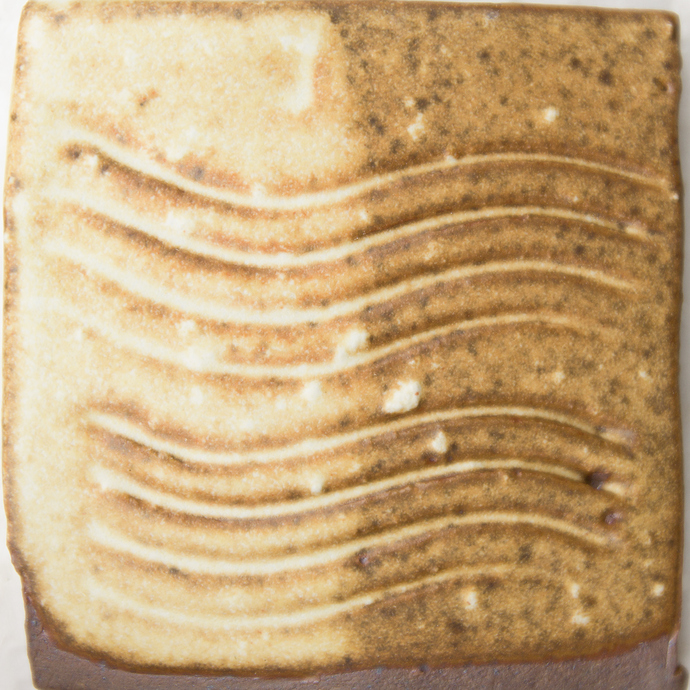Does your glaze contain Zinc Oxide?
Dick White via Ceramic Recipes:
The issue is that zinc oxide absorbs moisture from the air if it is not in a completely sealed container. That plumps up the grains and they stick together in those hard granules. You can also calcine it to 8-900F (450C) to dry it out and then grind it.
I have found that once in the slurry, a blender just swirls it around without breaking the lumps. I don’t think it would work to “blend” it dry, but haven’t actually tried that.
If you calcine it, how does that affect the weight?
As it stands, the zinc oxide weighs more than it should because of the absorbed water, so you are putting less zinc into the recipe (and even less because you can’t get it through the sieve). Calcining it will return it to its proper molecular weight.
Mike Mangion via Ceramic Recipes:
I’m in agreeance with Dick, calcining it to around 840F (450C) will help the process of breaking it apart with either a mortar & pestle, grinder or in a ball mill. I understand your pain given all my glazes (Macro crystalline) use around 25% Zinc oxide.
You also will be best to make a calcining pot and a big cookie jar (just bisque fired) for storing Zinc and other calcined materials, plus materials that can absorb moisture and clump over time.
Was your glaze properly sieved and mixed?
Glazes with a lot of clay should be sieved at least twice through at least 80-mesh screens and mixed after each pass through the sieve. In glazes that are not thoroughly mixed, the clays can still bunch together in small lumps, ruining the glaze surface.
Was your glaze properly stirred before application?
All glazes should be gently stirred to eliminate all clumps before application.
Related subject:



